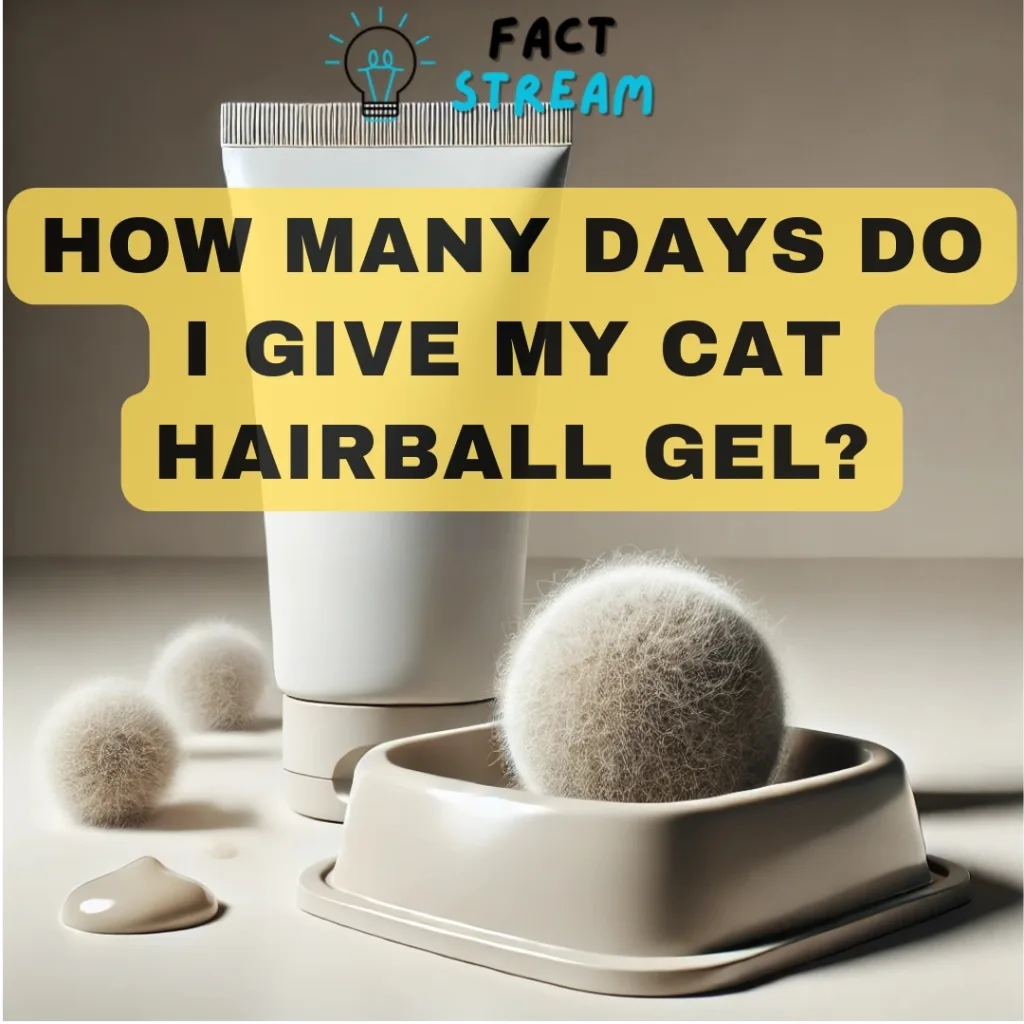How Many Days Do I Give My Cat Hairball Gel?
Bringing a cat into your home is a joy. Cats bring companionship, entertainment, and lots of love into our lives. However, they also bring hairballs.
When cats groom themselves, they ingest a lot of fur. Usually, the hair passes through their digestive tract and comes out in their poop. However, sometimes, the hair clumps together in their stomach, forming a hairball. The cat will then cough up the hairball, leaving a slimy mess on your floor.
Hairballs are a normal part of feline life, and an occasional hairball is nothing to worry about. However, if your cat is having hairballs frequently, you might need to help them out. One way to do this is by giving them a hairball gel.
These gels contain ingredients that help lubricate the digestive tract and make it easier for hairballs to pass. But how many days should you give your cat a hairball gel? Keep reading to find out.
Understanding Hairball Gels
Hairball gels contain ingredients such as petrolatum, mineral oil, or soybean oil. These ingredients act as lubricants, making it easier for the hairball to move through the digestive tract. Some hairball gels also contain fiber, which helps bulk up the stool and further aids in hairball elimination.
Dosage and Duration
Most hairball gels recommend giving your cat 1/2 teaspoon daily for 2-3 days. After that, you can reduce the frequency to 1/4-1/2 teaspoon 2-3 times per week for prevention.
However, it’s always best to follow the instructions on the product label and consult your veterinarian if you have any questions or concerns about the appropriate dosage for your cat.
Signs Your Cat Might Need Hairball Gel
While occasional hairballs are normal, here are some signs that your cat might be struggling with hairballs and could benefit from hairball gel:
- Frequent hacking or coughing: This is a classic sign of a hairball trying to come up.
- Gagging or retching: These actions are usually followed by the expulsion of a hairball.
- Lethargy: If your cat is usually active and playful but suddenly becomes lethargic, a hairball could be the culprit.
- Loss of appetite: Hairballs can make your cat feel full and uncomfortable, leading to a decrease in appetite.
- Constipation: A large hairball can cause a blockage in the digestive tract, leading to constipation.
If you notice any of these signs, it’s best to consult your veterinarian to rule out any other medical conditions. They can also advise you on the best course of action for your cat, including whether or not to use hairball gel.
Other Tips for Hairball Management
Besides hairball gels, there are other steps you can take to help manage hairballs in your cat:
- Regular Brushing: This is the most effective way to prevent hairballs. By brushing your cat regularly, you remove loose fur before they have a chance to ingest it.
- High-Fiber Diet: A diet rich in fiber can help hair move through the digestive tract more easily. You can find special hairball-control cat foods or try adding fiber supplements to your cat’s regular food.
- Increased Water Intake: Staying hydrated helps keep the digestive tract functioning properly. Encourage your cat to drink more water by providing fresh, clean water daily.
When to Seek Veterinary Attention
While hairballs are usually harmless, there are times when you should seek veterinary attention:
- Your cat can’t cough up a hairball: If your cat is trying to vomit but can’t bring anything up, it could be a sign of a blockage in the digestive tract. This is a serious condition that requires immediate veterinary attention.
- Your cat vomits frequently, even without hairballs: This could be a sign of an underlying medical condition, such as inflammatory bowel disease or food allergies.
- Your cat experiences other symptoms besides hairballs: If your cat has diarrhea, constipation, loss of appetite, or lethargy along with hairballs, it’s best to see a veterinarian.
The Bottom Line
Hairball gels can be a helpful tool for managing hairballs in cats. However, they should not be used as a substitute for other hairball prevention methods, such as regular brushing and a high-fiber diet.
Remember, always consult your veterinarian if you have any questions about your cat’s health.


